
|
|
|
|
|
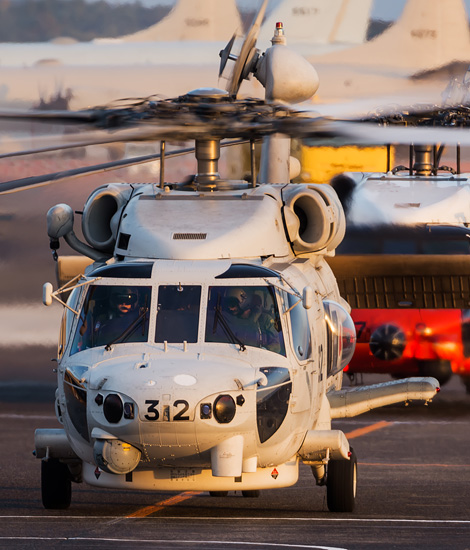
|
Helicopter Operations at Sea; Kanoya, November 6, 2019
Japan Maritime Self Defense Force, part 3; Text and Photograph's by Alex van Noye
The backbone of the Japanese maritime helicopter fleet is the Mitsubishi SH-60 Seahawk. From the beginning of the 1990s, this type entered service with the Japanese navy and since that time it is the backbone of the navy. The SH-60 Seahawk quickly turned out to be an excellent helicopter that can be used in many ways.
The SH-60J Seahawk of the Japan Maritime Self Defense Force (JMSDF) is the most important patrol helicopter of the navy. The helicopter is based on the Sikorsky SH-60B which is also used by the US Navy and is built under license by the Japanese Mitsubishi Heavy Industries. It was desperately necessary for the Seahawk to enter the JMSDF, because the Sea-King had meanwhile become a very outdated helicopter. The SH-60 Seahawk has become since its introduction the most important helicopter of the JMSDF. The SH-60J has replaced the outdated Sikorsky HSS-2B Sea-King at the JMSDF since 1991. The conventional HSS-2/2A was equipped with a sono buoy and a search radar in addition to the conventional dip sonar to improve and further systematize the anti-submarine search capabilities. However, the installed system was of the same level as the patrol aircraft such as the P-2J Neptune. The system of the P-3C Orion was a lot stronger than this system of the Sea-King. The new SH-60 Seahawk had to surpass this design and take the search for submarines with helicopters to a higher level. After its introduction, the Seahawk was to be deployed aboard the Japanese frigates and the Izumo-class aircraft carriers and the Hyūga-class helicopter carriers. A total of 103 SH-60J helicopters have been delivered to the JMSDF. The Seahawk is the only helicopter type that is standard on board the ships. The Seahawk is used for anti-submarine missions, SAR tasks and other tactical operations at sea.
As a successor to the SH-60J, the JMSDF has already deployed 65 SH-60K Seahawk helicopters. The SH-60K will replace the entire fleet of SH-60J helicopters in the Japanese Navy. The helicopters are highly modernized compared to their predecessor. There are a total of two large wings with the JMSDF that operate with the SH-60K and a small training unit. These operational units are, the 21st Fleet Air Wing at Tateyama Air Station in the Chiba prefecture and the 22nd Fleet Air Wing at Omura
|
|
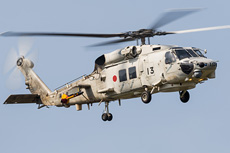
|
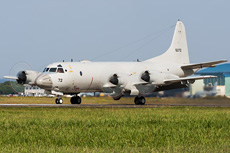
|
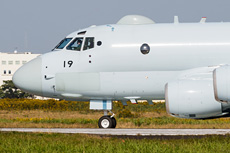
|
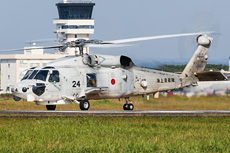
|
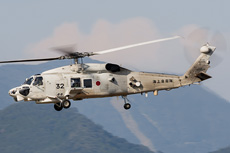
|
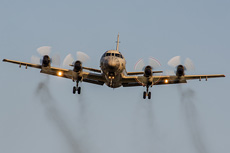
|
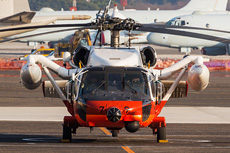
|
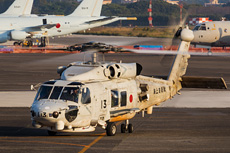
|
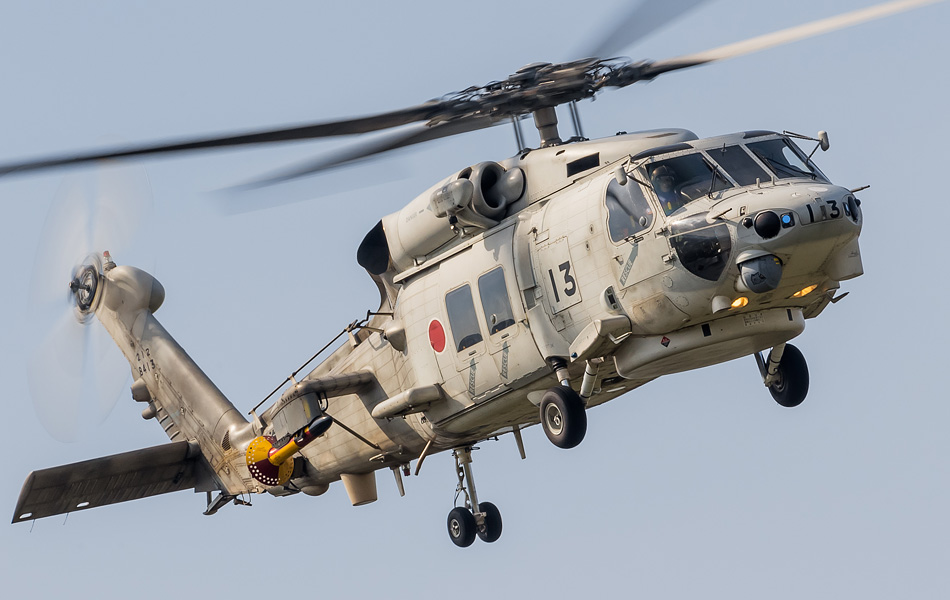
|
Air Station in the Nagasaki prefecture. These wings also have a number of detachment airfields where squadrons of these two large wings are based. Furthermore, the 212th Educational Air Corps is stationed at Kanoya and flies the SH-60K. Finally, there are also some helicopters at Atsugi Air Station based at the 51st Fleet Air Squadron. This unit is a test unit that tests new techniques and resources for the JMSDF. The SH-60K Seahawk has a modern fully glass cockpit. The cockpit consists of five 15-inch Integrated Flight Information Display (IFDS) screens and a large multifunctional Tactical Information Processing Display (AHCDS). The helicopter is equipped with a Magnetic Anomaly Detector (MAD) under the fuselage for the detection of submarines. The helicopter also has an improved Forward Looking Infrared (FLIR) sensor and an Inverse Synthetic Aperture Radar (ISAR) for searches. ISAR is a radar that analyzes the Doppler shift of radar waves on a target and enables imaging of the target.
The SH-60K also features a dipping sonar with a high oscillation frequency and also a low frequency. This sonar makes it much easier to detect submarines made from sound-absorbing material. With the conventional SH-60J helicopter, the system was based on a tactical data link analysis that would only pass on sono buoy information to the helicopter. Depending on the position of the ship and helicopter, the data link would be broken and continuous target detection would not be possible. However, a new sono buoy analysis function has been added on board with the SH-60K. While the SH-60J was only able to transport the short Mk46 torpedo, the SH-60K is able to also carry the Mk97 short torpedo mounted against the fuselage. The SH-60J could not carry this torpedo because of the weight of the weapon. The new SH-60K can support this through improved systems. The Mk97 torpedo is capable of attacking modern submarines and can dive faster and deeper. The SH-60K is also capable of transporting depth bombs that can be deployed against submarines. However, these weapons can only be deployed in shallower waters. The SH-60K, unlike its predecessor, can also be armed with AGM-114M Hellfire II missiles that can be deployed against surface ships. This weapon is only effective against small surface ships such as security boats and rocket boats.
The latest version of the Seahawk that uses the JMSDF is a SAR version. The JMSDF uses the same version of the UH-60J Blackhawk for SAR tasks from land. The JMSDF uses a total of nineteen helicopters of this type. The helicopters are on standby at airfields in the navy in areas where there are few to no air force airfields that offer the same protection. Together, the helicopters of the Air Force and the Navy cover the entire mainland of Japan. The UH-60J has replaced the Sikorsky S-61 Sea-King from 1988 at the SAR flight of the JMSDF. The UH-60J has additional fuel tanks placed next to the fuselage on small wings. The helicopter has a weather radar built in Japan in the nose that provides extra flight information in poor visibility and at night. In the hatch behind the cockpit where the gunner is placed in military versions, a bubble window is mounted on the UH-60J. This window provides an excellent view for observers during rescue operations. The helicopters were employed by the JMSDF from 1992. The rescue helicopters of the JMSDF can be recognized by the bright red-orange underside of the helicopter. There are two large units that fly with the UH-60J Blackhawk in the SAR role. The first unit is the 21st Fleet Air Wing at Tateyama. This wing has the 21st Fleet Air Squadron under it which in turn has the 231th SAR Flight. The second wing that flies with SAR helicopters is the 22nd Fleet Air Wing at Omura Air Station in Nagasaki. This unit has the 22nd Fleet Air Squadron underneath which contains the 224th SAR Flight at this air base. This SAR flight also has a permanent detachment at Kanoya Air Station in the south.
|
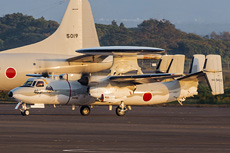
|
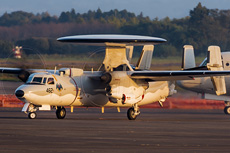
|
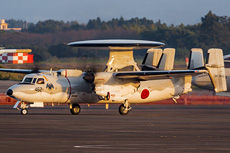
|
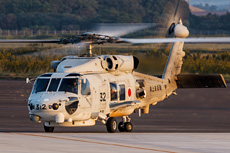
|
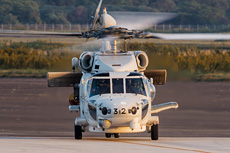
|
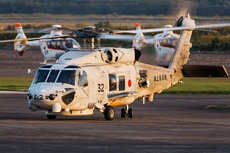
|
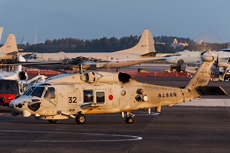
|
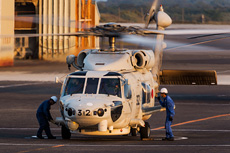
|
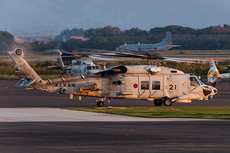
|
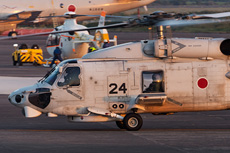
|
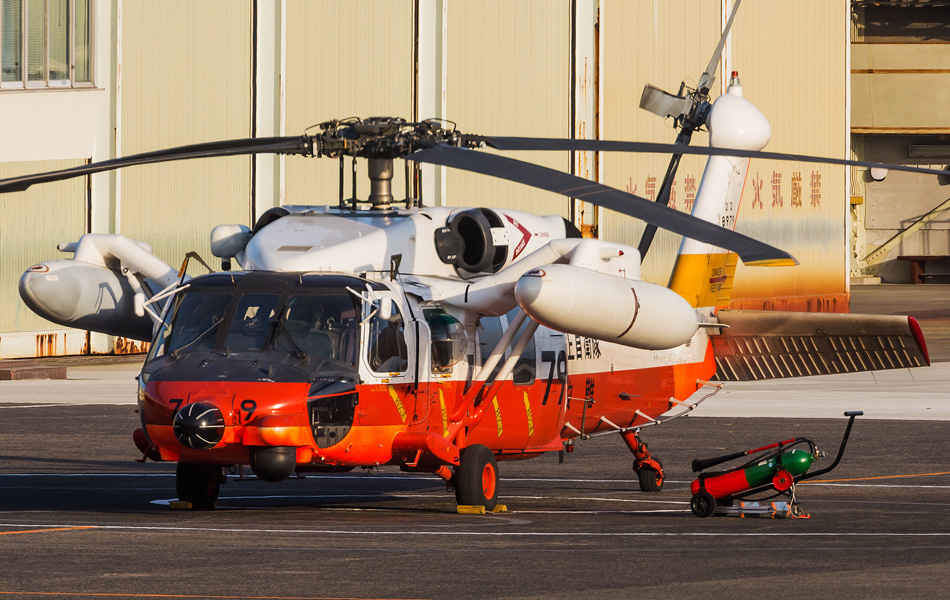
|
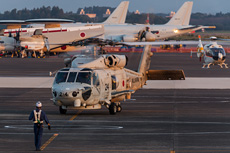
|
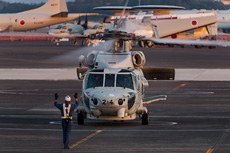
|
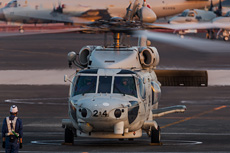
|
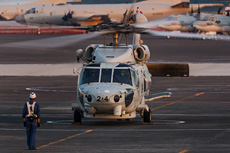
|
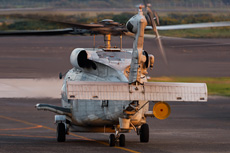
|
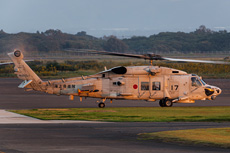
|
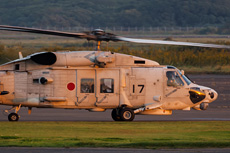
|
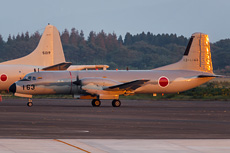
|
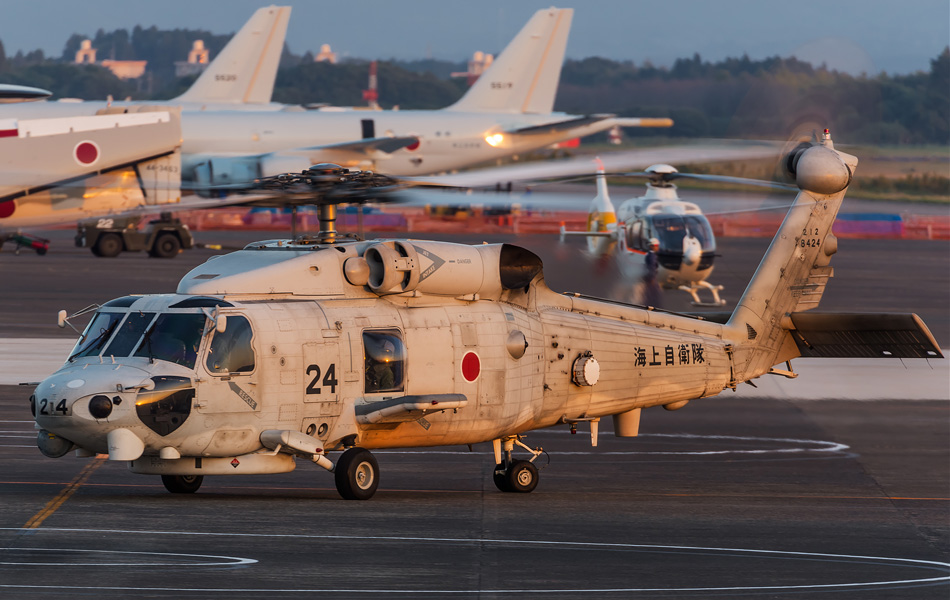
|
|
|

|







